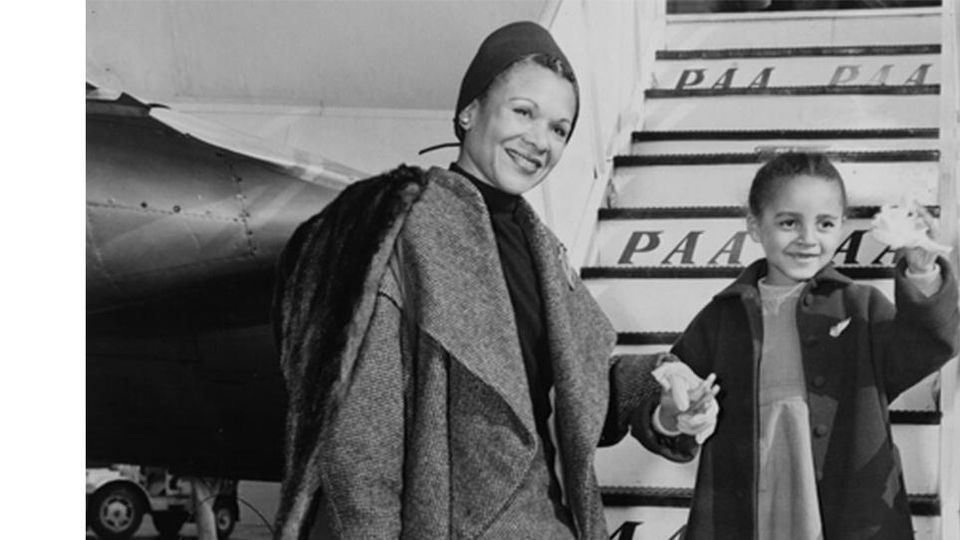About this page

Dunham’s Data: Katherine Dunham and Digital Methods for Dance Historical Inquiry. AHRC-funded three-year project Dunham’s Data is not only devoted to the specific line of research regarding Dunham, but also to the original problems and questions of dance history that can be advanced through an innovative critical mixed methods approach that includes geographical mapping and network analysis.
Dunham’s Data is a three-year project (2018-2021) funded by the Arts and Humanities Research Council (AHRC), under the direction of Kate Elswit (PI, University of London, The Royal Central School of Speech and Drama) and Harmony Bench (CI, The Ohio State University).
Elswit and Bench are co-authors of the first essay on digital analytics for dance history, and Dunham’s Data extends their previous development and implementation of archival databases and digital cartography. Together — and with UK industry partners One Dance UK’s Dance of the African Diaspora and the Victoria & Albert Museum, as well as international knowledge exchange partnerships with digital projects at Ohio State (US), Ludwig Maximilians Universität Munich (Germany), and the University of New South Wales (Australia) — they will pioneer the use of data analysis in dance history through a project that centres on the case study of African American choreographer Katherine Dunham (1909-2006).
Dunham is an exemplary figure for analysing the ways dance moves across both geographical locations and networks of cultural, artistic, and financial capital. She worked across five continents in many contexts, and also spent over one third of her life on tour. The scale and distribution of datapoints necessary to research the transnational circulation of an artist like Dunham pose a challenge for traditional scholarly approaches. Using digital research methods and data visualization in the context of dance history can catalyse a better understanding of how dance movements are shared and circulated among people and continents, and the networks of support and influence that undergird artistic and economic success. While digital methods have altered the landscape of most humanities and arts disciplines, the field of dance studies has yet to fully identify how it can benefit from these analytic approaches. Therefore, this project is not only devoted to the specific line of research regarding Dunham, but also to the original problems and questions of dance history that can be advanced through an innovative critical mixed methods approach that includes geographical mapping and network analysis.
